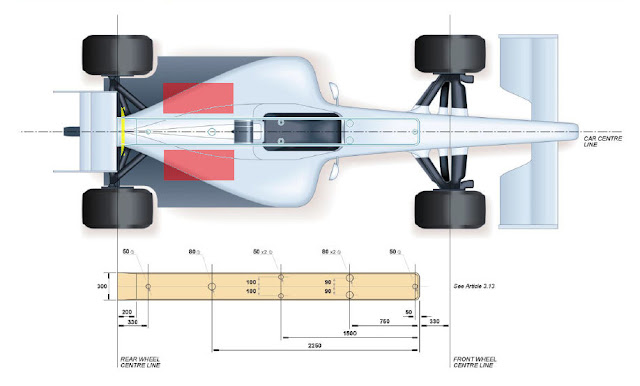the 16th race from now will be in 2014
under rules that have no constraint of fuel for cold or hot blowing (EDIT note to self - WB says exhaust rules eliminate blowing)
and no constraint of fuel for fake recovery of KE
apparently it is clear that the rulemakers do not want to constrain fuelling on the overrun
and will continue to have equal fuel availability rates regardless of whether the accelerator is down or up
currently blowing and recovery manipulation are inextricably linked, not only by the rules
also, importantly, by performance (beautifully, each gains from the other and gives to the other)
and seem in combination to be a very racetime-efficient use of fuel
arguably engine running for MGU-K generation (recovery manipulation) is a racetime-efficient use of fuel even without blowing
perhaps the FIA should rename the MGU-K , though ? (lose the K, or prove that it is genuine KE)
it seems impossible to constrain fuel quantity (load) sufficiently to impact the above
without undermining the existing concept of constraint of fuelling rates as the way to preserve the race quality
sincerely, I shall be pleased if and when WB has any information regarding fuel quantity limits
do we have a rule reference number ?
- Login or Register
No account yet? Sign up





